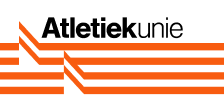Gear
Tips on buying running shoes

Every foot is different, which is why there are all kinds of different types of running shoes. If you are going to buy new running shoes, it is therefore quite difficult to choose the right shoe. What should you keep in mind? With these tips, you’ll head to the running store well prepared.


















